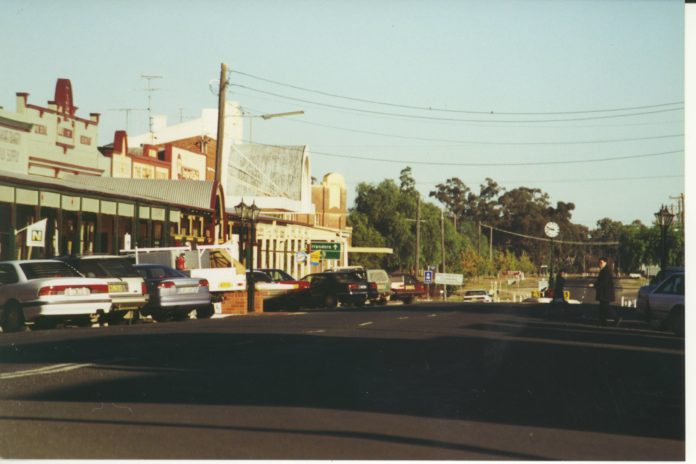
AMA Position Statement on the “Easy Entry, Gracious Exit” Model for Provision of Medical Services in Small Rural and Remote Towns 2014
The AMA today released its Position Statement on the “Easy Entry, Gracious Exit” Model for Provision of Medical Services in Small Rural and Remote Towns, which supports an innovative plan to attract and retain medical professionals in small country towns.
AMA President, A/Prof Brian Owler, said today that small country towns across Australia have for decades seen the gradual loss of important services like banks, schools, hospitals, retail stores, post offices, government agencies, and the local family GP.
“Many of these basic services are taken for granted in our cities and larger regional centres,” A/Prof Owler said.
“The AMA believes it is important that rural and regional communities continue to have affordable and equitable access to quality health and medical services.
“The Easy Entry, Gracious Exit model has the potential to improve access to quality health care in small rural and remote towns that are experiencing a chronic shortage of medical professionals.
“It involves adopting a ‘walk-in, walk-out’ approach that enables GPs to work as clinicians without having to become small business owners and managers.
“A third party, such as a community or not-for-profit entity, would provide the general practice facilities, including infrastructure and staff, such as a practice manager and a practice nurse.
“The doctor would pay a service fee to the managing entity.
“There is also the option for Visiting Medical Officer (VMO) rights and contracts to be negotiated on behalf of the doctor.
“This model removes many of the obstacles that prevent doctors from establishing or maintaining a country practice for the long term.
“It allows them to stick to their core business – looking after patients.
“The key objective is to ensure the continuity of the practice or practice management structure, rather than the continuity of the individual doctor.
“By removing many of the financial barriers to recruitment, this model will more easily attract doctors to small rural and remote towns.
“Once the doctors arrive in these towns they often find that, while free to leave at any time, the support, financial arrangements, and the interesting medicine is so attractive that they readily remain for a reasonable period.
“The model is already in operation in some towns, and the evidence shows that it is working.
“It has been very successful in expanding and improving the stability of the general practice workforce in the towns involved, achieving an average doctor retention rate of five years, and reducing hospital inpatient and outpatient presentations.
“The AMA would like to see this model more aggressively rolled out to help provide much-needed medical services to small rural communities,” A/Prof Owler said.
In developing this Position Statement, the AMA’s Rural Medical Committee appreciated the input of the NSW Rural Doctors Network, which implements the model through its not-for-profit organisation, Rural and Remote Medical Services.
Background
One third of Australia’s population lives outside major cities. Nearly twenty percent of these people are dispersed across more than 1,500 rural and remote communities with fewer than 5,000 residents.
Collectively, these communities have a population the size of Sydney. Many people within these communities face significant health disadvantage and reduced access to health services.
Many small rural and remote towns in Australia find it difficult to attract and keep doctors.
People living in these communities may have to travel significant distances to see a GP, or wait many weeks to be seen close to where they live.
The shortage of GPs in these towns also affects the availability of acute medical services, as rural doctors often provide a generalist medical service that encompasses both the general practice and hospital setting.
Often these rural and remote communities are too small to support the traditional model of health delivery locally, where a doctor owns and manages a medical practice as a small business.
